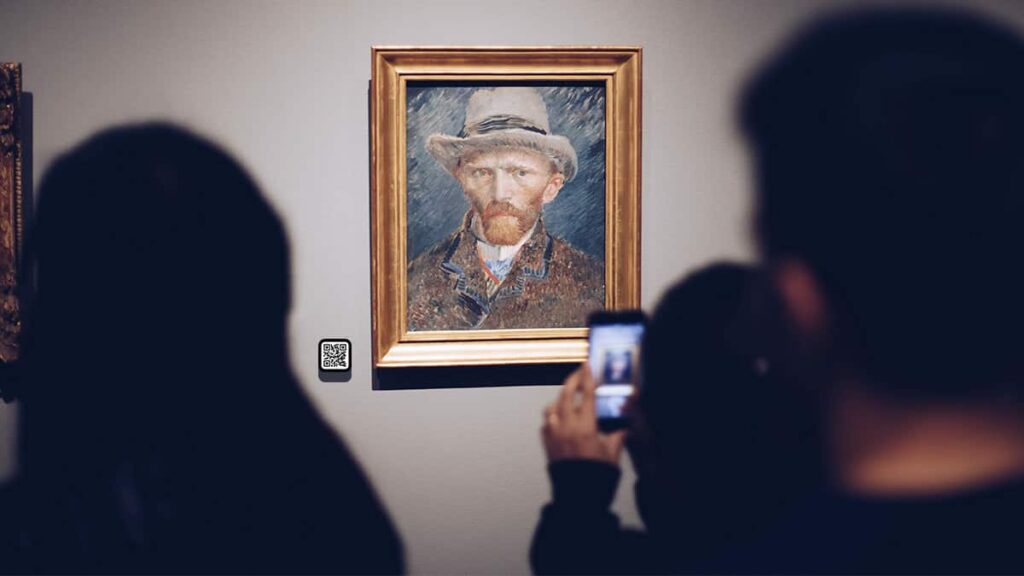QR codes have become increasingly popular in museums and art exhibitions as a way to provide visitors with additional information about the exhibits. QR codes are two-dimensional barcodes that can be scanned with a smartphone camera, and they can store a large amount of data, such as text, images, and website links. Here are some tips on how to use QR codes effectively in museums and art exhibitions.
Choose the Right Content
Before creating QR codes, it is important to consider what type of content to include. QR codes should provide visitors with additional information that they cannot get from reading labels or looking at the exhibits alone. This can include historical context, artistic inspiration, scientific background, or multimedia content such as videos or audio guides.
When choosing content, it is also important to keep it concise and engaging. Visitors may be hesitant to scan a QR code if they think it will lead to a long text or a boring video. The content should be informative, but also visually appealing and easy to understand.
Place QR Codes Strategically
QR codes should be placed strategically throughout the museum or exhibition space. They should be positioned close to the exhibit they are related to, and in a way that is easy to see and access. This can include placing QR codes on labels or signs, or even directly on the exhibit itself.
It is also important to consider the flow of traffic through the museum or exhibition space. QR codes should be placed in areas where visitors are likely to pause and take the time to scan them, such as near seating areas or in quieter corners.

Test QR Codes Before Launching
Before launching QR codes in a museum or exhibition, it is important to test them thoroughly. This includes testing the codes on different devices and operating systems, as well as in different lighting conditions.
QR codes should also be tested with different types of content, to ensure that they are providing visitors with the intended information. If the content is not engaging or informative, visitors may not bother scanning the codes, so it is important to get feedback from visitors and make adjustments if necessary.
Promote QR Codes
To encourage visitors to use QR codes, it is important to promote them throughout the museum or exhibition space. This can include placing signs or banners that explain how to scan the codes, or even having staff members demonstrate how to use them.
Social media can also be a powerful tool for promoting QR codes. Museums and exhibitions can post photos or videos of the exhibits and the QR codes on their social media accounts, encouraging visitors to scan the codes and learn more about the exhibits.
Monitor and Analyze Usage
Finally, it is important to monitor and analyze the usage of QR codes in museums and exhibitions. This can include tracking the number of scans and clicks, as well as the types of content that are most popular. This data can be used to make adjustments and improvements to the QR code system, and can also provide insights into the types of exhibits and content that are most engaging for visitors.
QR codes have the potential to enhance the visitor experience in museums and art exhibitions, by providing additional information and multimedia content that can deepen visitors’ understanding and appreciation of the exhibits. By following these tips and best practices, museums and exhibitions can create an effective and engaging QR code system that benefits both visitors and the institution.
Schedule A Live Demo
Have a member of the 42Kites team walk you through a live demo over Zoom. Enter your contact information below and we'll set up a time that works for you.
